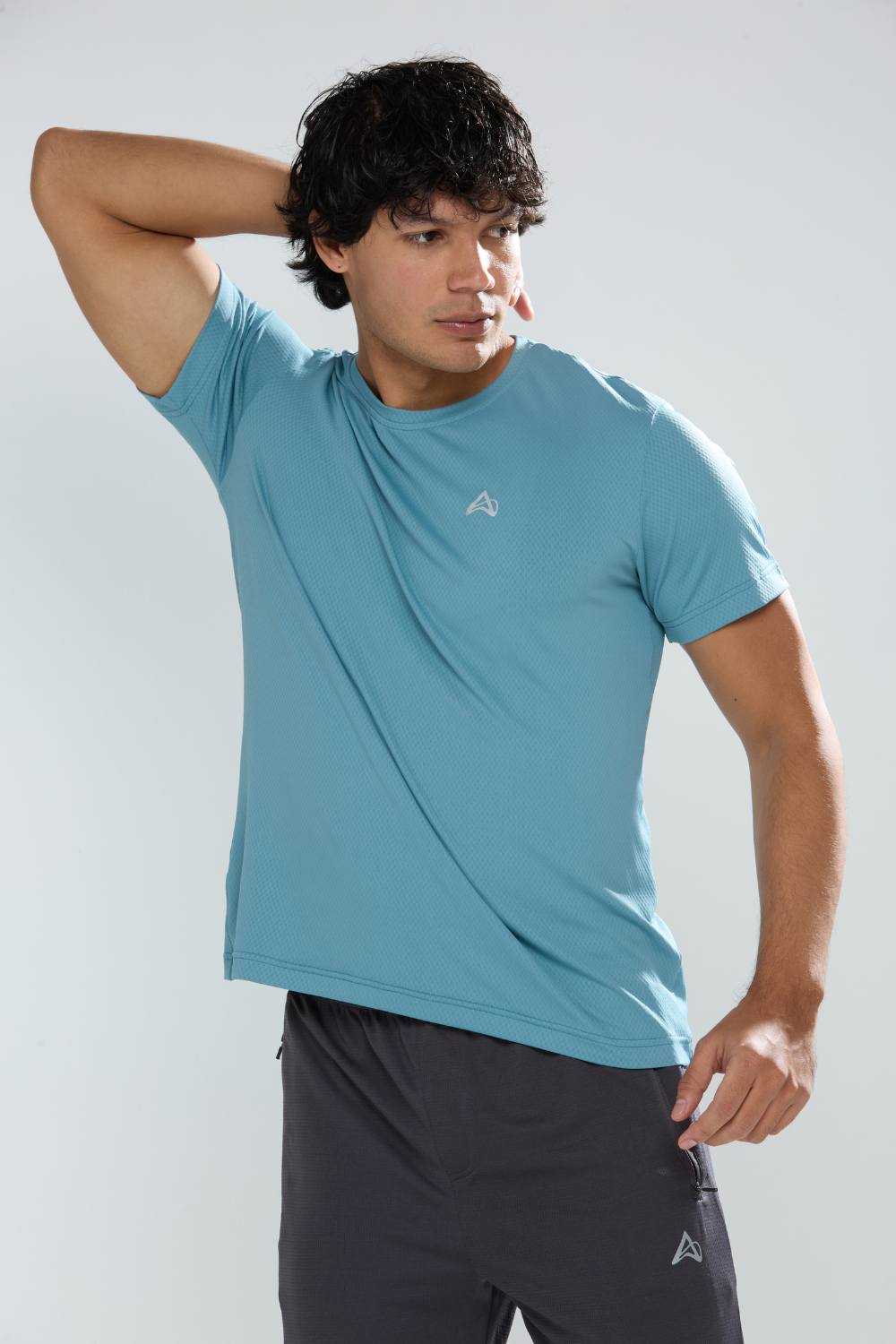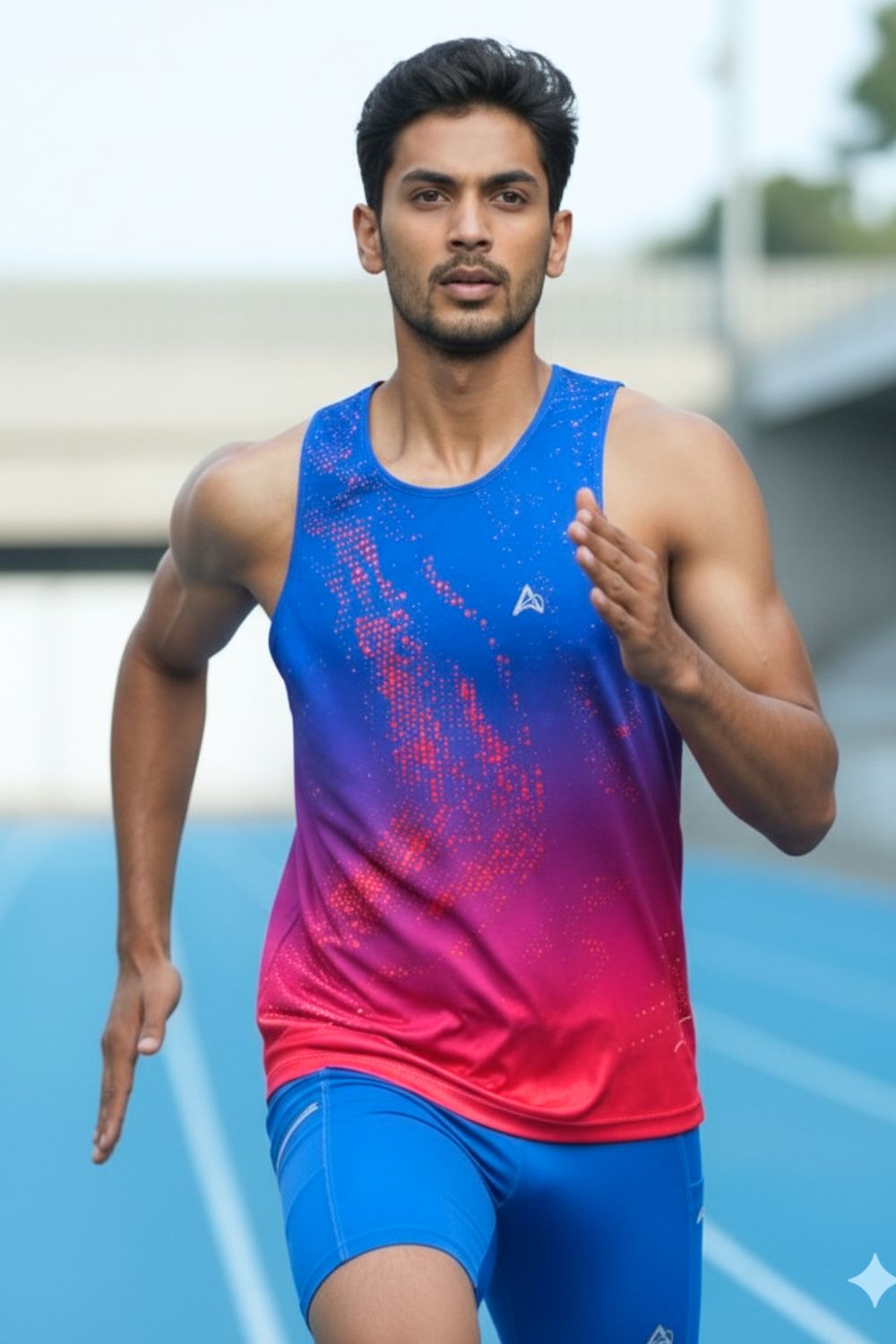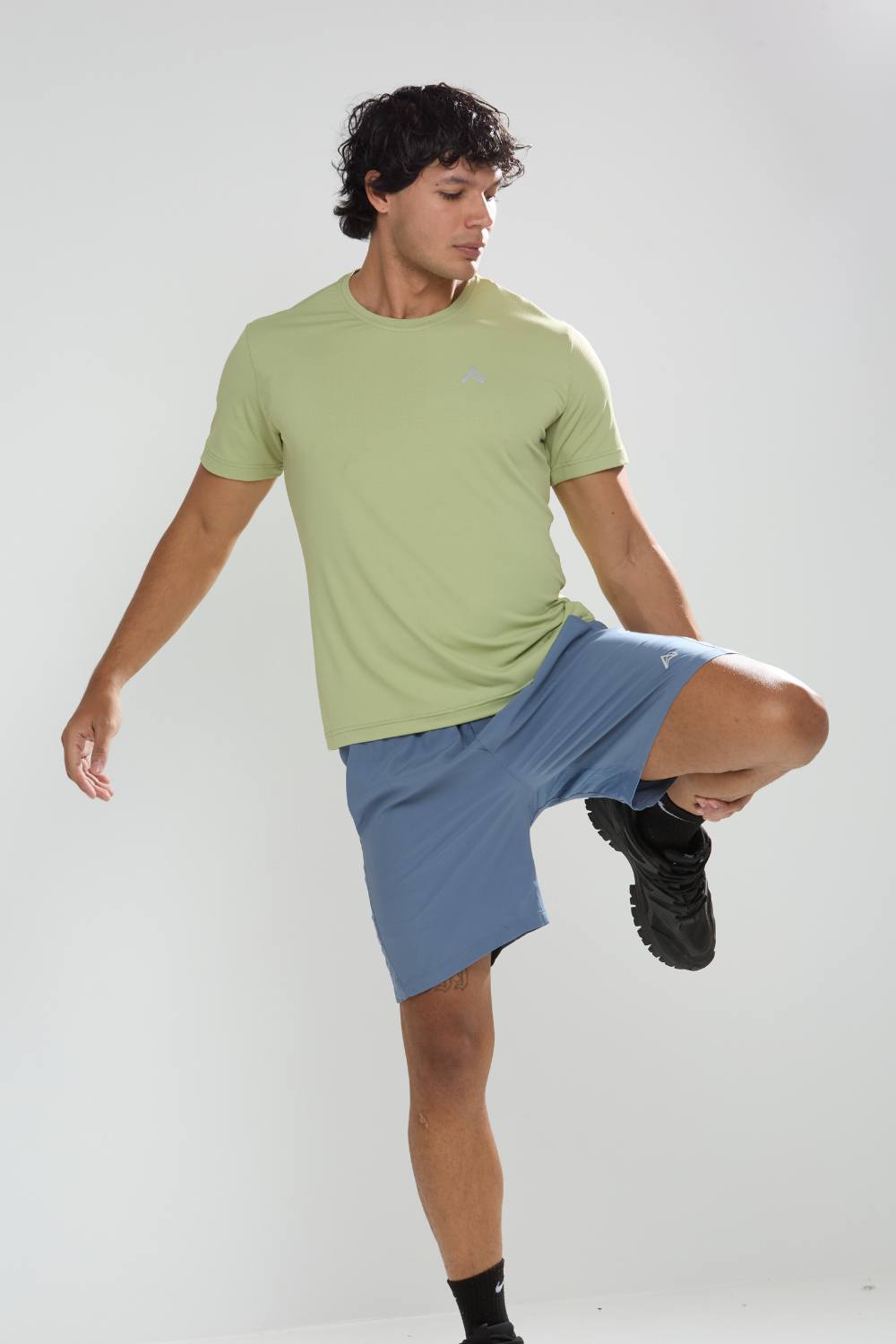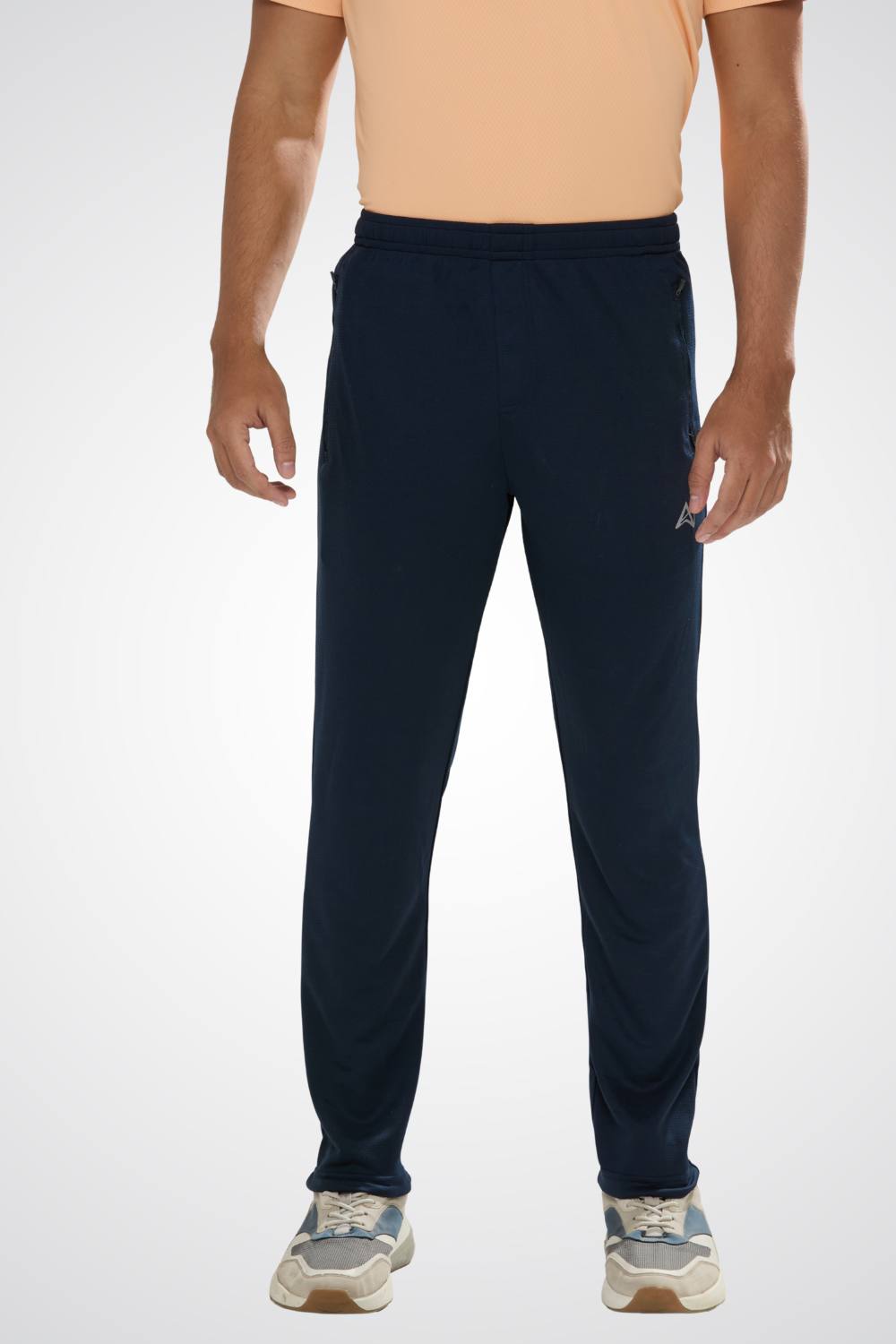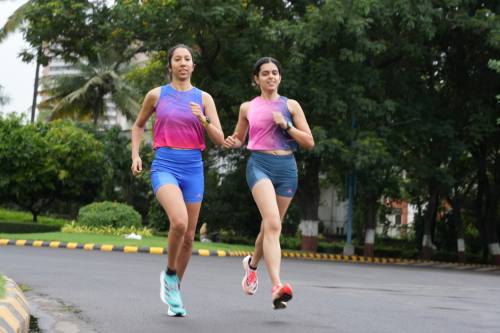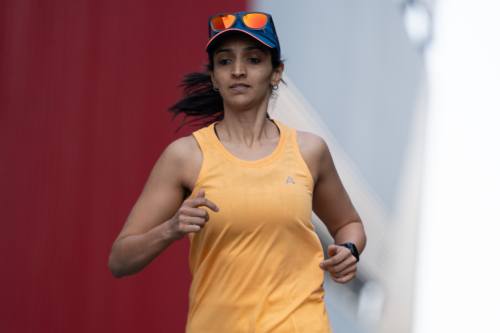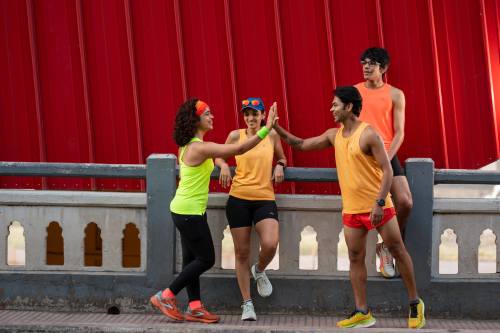Quick Listen:
Picture this: a scorching April day in Kolkata, where the air hangs heavy with humidity and the sun beats down mercilessly. A journalist, hurrying home after an assignment, feels a sharp tap on her shoulder. A stranger gestures emphatically, demanding she collapse her umbrella because it's hogging room meant for three. She glances around at the jammed sidewalks lined with idling cars and vendor carts, firing back: why aren't they the ones shifting? This tense exchange, detailed in Sohini Chattopadhyay's vivid account, captures more than a moment of irritation. It reveals the quiet battles women wage simply to occupy public space in India spaces where their presence, umbrella in hand or sneakers pounding pavement, invites judgment and intrusion. Yet amid such friction, a revolution stirs. Women are surging into India's running scene, transforming solitary jogs into collective defiance and fueling a fitness boom that's as cultural as it is physical.
Tired of gear that slows you down? Chafing, soggy fabrics, and missing pockets kill your run's momentum. At Aguante, we're runners who get it. Our high-performance activewear features moisture-wicking fabrics, ergonomic designs, and smart storage to keep you focused. Shop Now!
A Surge in Strides
India's roads and tracks pulse with a new rhythm these days. Running has vaulted to the forefront of the nation's sports landscape, outpacing traditional pursuits like cricket in sheer participation numbers. Over 1,500 timed events dot the calendar annually, drawing nearly 2.5 million registered runners and injecting $450 million into the economy through fees, sponsorships, and gear sales. Mega-marathons like the Tata Mumbai Marathon exemplify this frenzy: the 2025 edition shattered records with more than 59,000 finishers, a testament to the sport's magnetic pull. Women, long sidelined, now claim a vital share. In that same Mumbai race, females accounted for about 27% of participants, a figure that, while not yet parity, signals steady progress.
Zoom out a decade, and the trajectory sharpens. Women's entries in Procam International's marquee events from Mumbai's full marathon to Delhi's half have more than doubled since the early 2010s, cresting at 11,805 in the 2020 Tata Mumbai Marathon alone. Fast-forward to 2025, and female finishers in Mumbai's marathon category leaped 19.5% year-over-year, outstripping the overall 8.5% uptick and underscoring a deepening commitment to endurance. This isn't mere numbers-crunching; it's a societal pivot. In a country where urban women navigate daily gauntlets of harassment and expectation, lacing up becomes an act of agency. From Delhi's fog-shrouded parks to Chennai's coastal paths, runners report a ripple effect: one woman's finish line crossed inspires a neighbor's first stride.
Communities amplify this momentum. Running clubs, once niche gatherings of elite athletes, now thrive as inclusive hubs. The Delhi Runners Group, founded in 2013, boasts over 11,000 members, blending structured training with social bonds. In Bengaluru, fresh outfits like the 56 Run Club draw 250 enthusiasts weekly, emphasizing fun over splits. Women-only groups, such as Mumbai's Sisters in Sweat, carve out safe havens, partnering with brands for dawn patrols that sidestep peak-hour perils. These networks don't just log miles; they dismantle isolation, turning sweat into solidarity.
Trailblazers and Their Stories
At the heart of this shift beat stories of unyielding grit. Pinkathon, launched in 2012 as a breast cancer awareness crusade, has ballooned into India's premier women-only series, swelling from hundreds to tens of thousands across cities. Its 2024 Jaipur leg alone rallied 4,800 participants, blending races with health drives that empower beyond the tape. Backed by titans like Puma and Reebok, these events transcend competition, spotlighting survivors and novices alike. One ultra-runner, Sufiya Khan, embodies the ethos: starting at Delhi's 2017 half-marathon, she clinched two Guinness records in endurance, proving limits are illusions.
Everyday icons abound too. In Kolkata's sweltering lanes, women defy stares to clock early miles, echoing Chattopadhyay's own Delhi dawn runs baggy tees masking form, eyes down to evade confrontation. Yet persistence pays. The 2023 Delhi Half Marathon logged over 8,000 women among 35,000 total, a surge that organizers hail as transformative. Vivek Singh, Joint Managing Director at Procam, captures the zeitgeist: "Running has provided a platform for women to script their own success stories, and it is a sign of a healthy society that more women are taking up sports." He adds, "Women are known to possess the strength and fortitude to push the limits, and running is a tremendous avenue to unlock one's potential."
Grassroots efforts fortify these narratives. Bengaluru's Jayanagar Jaguars deploy safety marshals for predawn packs, while Hyderabad's women-focused pods share Strava tips and triumph tales. In tier-two towns, informal dawn meets evade both heat and hecklers, fostering quiet revolutions. Data bears it out: women's registrations in major marathons climbed roughly 15-20% annually post-pandemic, reshaping not just routes but perceptions.
The Roadblocks
For all its promise, the terrain remains treacherous. Safety looms largest, a shadow over every outing. Chattopadhyay recalls Delhi's pre-2012 unease, compounded by the brutal gang-rape that ignited national fury and her resolve to reclaim streets. Today, catcalls and worse persist; a 2023 survey by runner's forums flagged harassment as the top deterrent, with 60% of women altering routes or timings accordingly. Dimly lit tracks and potholed paths exacerbate risks, turning workouts into wary vigils.
Cultural currents run deeper still. Athleticism clashes with archetypes of femininity, branding sweat as unseemly. Families balk at dawn departures; neighbors whisper of impropriety. Apparel woes compound this: off-the-rack gear chafes in 90% humidity, ignoring needs for modesty or inclusivity. As one Delhi jogger confided in Chattopadhyay, running demands invisibility full coverage to dodge leers yet visibility to inspire.
Infrastructure lags too. Scarce changing rooms and restrooms sideline women, while gender-biased funding starves women-only tracks. These barriers, intertwined, demand more than willpower; they cry for systemic overhaul.
A Market on the Move
This tenacity translates to tantalizing opportunities. India's middle class, swelling to around 400 million, funnels rising disposable income into wellness, with women spearheading the spend. The sports apparel sector, valued at $706 million in 2024, hurtles toward $1.59 billion by 2030 at a blistering 14.52% CAGR women's lines leading the charge. Nike and Adidas roll out breathable, UV-shielding collections; local upstarts like HRX proffer affordable athleisure blending style and sweat-wicking tech.
Demand skews toward tailored fits: sports bras for support, leggings for coverage, plus-sizes for diversity. E-commerce, exploding to $70 billion, democratizes access, especially in hinterlands. Brands like Puma's Pinkathon tie-ups fund clinics for underserved runners, merging profit with purpose. Reebok's squads, now 3,000 strong across cities, nurture loyalty through free sessions. The payoff? A market where women don't just buy gear they dictate design.
Looking Ahead
The horizon gleams with acceleration. Experts forecast women's shares hitting 30-35% in top races by decade's end, buoyed by Khelo India initiatives and corporate pours. Apparel innovations modular modesty layers, eco-fabrics promise to close gaps. Yet true strides hinge on policy: lit lanes, equitable facilities, anti-harassment edicts.
Communities and corporates must coalesce, amplifying voices from Kolkata carts to Mumbai elites. As Singh notes, this boom signals societal health; ignoring it risks stunting half the population's potential.
A Finish Line Worth Chasing
Ultimately, India's women runners aren't chasing medals they're pursuing presence. That Kolkata encounter, umbrella aloft, wasn't defeat; it was declaration. In blistering heat or monsoon pour, each step asserts: I am here, adapt. With 2.5 million pounding paths and markets morphing in tandem, the message resonates. The road ahead? Paved by those who refuse to fold.
Frequently Asked Questions
What are the main challenges women runners face in India?
Safety remains the biggest challenge, with a 2023 survey identifying harassment as the top deterrent affecting 60% of women who alter their running routes or timings accordingly. Cultural barriers also persist, as athleticism often clashes with traditional expectations of femininity, while inadequate infrastructure like scarce changing rooms and poorly lit tracks further sideline women runners.
What percentage of women participate in India's major running events?
Women currently account for about 27% of participants in India's major marathons like the Tata Mumbai Marathon, with female participation more than doubling since the early 2010s. Women's registrations in major marathons have been climbing 15-20% annually post-pandemic, and experts forecast women's participation could reach 30-35% in top races by decade's end.
How is India's women's running market growing and what opportunities exist?
India's sports apparel sector, valued at $706 million in 2024, is projected to reach $1.59 billion by 2030 with women's lines leading the charge. The growing middle class of 400 million people is driving increased spending on wellness, with women-focused running events like Pinkathon expanding from hundreds to tens of thousands of participants, creating significant opportunities for brands offering tailored gear and inclusive running programs.
Disclaimer: The above helpful resources content contains personal opinions and experiences. The information provided is for general knowledge and does not constitute professional advice.
You may also be interested in: Running Apparel Brands Focus on India's Hot Climate
Tired of gear that slows you down? Chafing, soggy fabrics, and missing pockets kill your run's momentum. At Aguante, we're runners who get it. Our high-performance activewear features moisture-wicking fabrics, ergonomic designs, and smart storage to keep you focused. Shop Now!
Powered by flareAI.co





